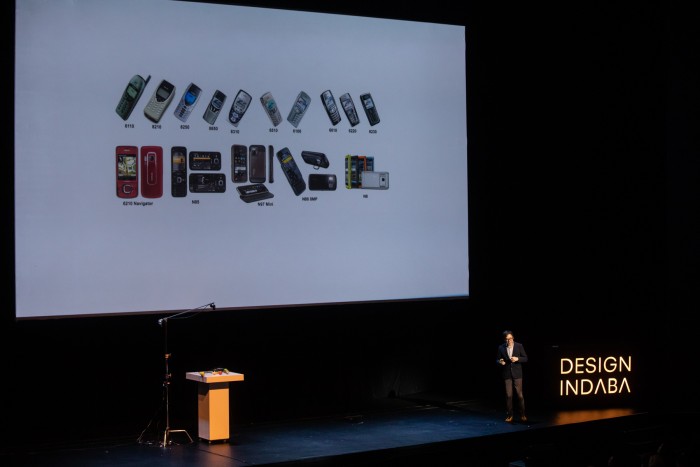Yuri Suzuki has always had a love for music but because of his dyslexia, Suzuki found it incredibly difficult to read music notation. The sound designer and Pentagram partner shared more about his experiences growing up with the learning disorder and how it's shaped his career at Design Indaba Conference 2019.
“I used to be in a band when I was a teenager and I loved it at the time but I was fired because I couldn’t read any musical score. So, it drove me to sort of creating a musical notation even dyslexic people would understand," he explains. In 2013 Suzuki designed Ototo, a musical kit that is able to turn almost anything into a musical instrument.
Ototo is quite a simple structure. The circuit board of the kit is made up of various sounds. Connecting the circuit board to various conducting materials, such as water, plants, etc allows you to play back sound, thereby creating musical instruments out of pretty much anything.
Suzuki’s talk takes the audience on a journey of the various sound designs one can find in everyday life. From the origins and the iterations of the famous Nokia ringtone over time to the screeching noises of the Dockland Railway services found in London.
Suzuki highlights that all around us are examples of good and bad sound design. Things like stove top kettles can place quite a strain on the eardrums when their whistles go off. Looking at this design, Suzuki found the inspiration to create the ‘Musical Kettle’. The ‘Musical Kettle’ is an ordinary kettle with a recorder-like rod attached to its nozzle. So, the usual whistle sound of the kettle is now converted into varying musical notes.
Scroll down to watch the talk.
“It is very difficult designing sound with an objective view because different people enjoy different sounds…it is difficult designing something that everyone is comfortable with,” he says.
Looking at the various melody roads (roads that emit sound as you drive on them) found in Japan, Suzuki found that people are able to make sense and find order in the noise. This inspired his project ‘Sound Taxi’. He bought a London taxi and modified it with dozens of speakers of varying sizes. The top of the car was fitted with a microphone that would pick up all the bustling sounds of the city of London. The collected sounds were then sorted via an algorithm, resulting in a unique melody for each of the streets.
More of this year's Conference talks:
Here’s how movement can form type
How ostrich feathers are uplifting Oudtshoorn's economy through design








